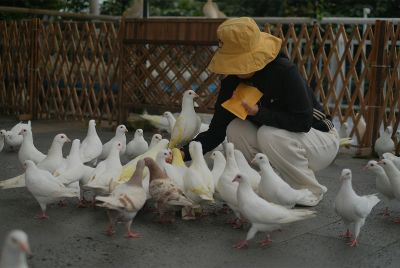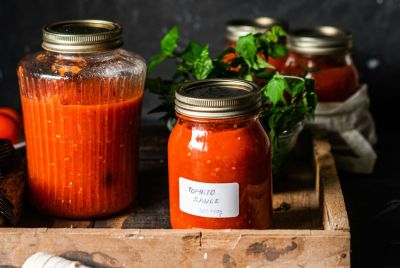The Next Pandemic? Bird Flu 'H5' Seen As Bigger Threat Than Covid-19
Pandemic concerns grow as H5 bird flu shows signs of wider spread beyond birds

The warning has come again. Experts at Institut Pasteur in Paris say that the avian influenza strain commonly known as 'bird flu' in particular the highly pathogenic H5 virus, could ignite a pandemic even worse than COVID-19. While the risk remains low for now, the potential scale of damage is enough to demand global vigilance.
The primary source of concern lies in the fact that humans currently lack immunity to H5 bird flu strains. The H5 virus most often circulates among wild birds, poultry and various mammals. As explained by the head of the respiratory infections centre at Institut Pasteur, people have antibodies to regular seasonal flu strains (H1, H3), but not to H5 , in the same way there was no immunity to COVID-19 at the outset.
Why H5 Bird Flu is Viewed as a Major Threat
Moreover, to date, human H5 infections have been rare, because transmission has mostly occurred from close contact with infected birds or animals. However, should the virus change and start acquiring the ability to spread efficiently between humans then that could trigger a large outbreak.
The worry is even more acute because flu viruses, unlike SARS-CoV-2 (which caused COVID-19), can strike down healthy individuals, including children, with lethal severity. Furthermore, the track record for H5 bird flu is scary. According to data referenced by multiple health agencies, between 2003 and 2025, nearly 1,000 human outbreaks of H5 influenza have been recorded. The fatality rate in those outbreaks hovers around 48–50 per cent which is a far heavier toll than that of COVID-19 overall.
And in recent months, the virus has demonstrated increasing ability to infect mammals beyond birds, for instance in dairy cows, wildlife, and various mammals which is now raising fears that the number of species capable of carrying H5 may be growing. Furthermore, this opens up more avenues for possible spillover to humans, potentially increasing the chance of a mutation that enables efficient human to human transmission.
Read More: Thai Woman 'Rises From The Dead' In Coffin Right Before Her Cremation - Here's What Happened
What Makes This Different From COVID-19
Despite the severity of the threat posed by H5 bird flu, experts are cautiously optimistic that the global community is better prepared today than it was when COVID-19 first struck. Unlike a novel coronavirus, flu viruses belong to a known class, and public health agencies have existing vaccine platforms, antiviral stockpiles, and surveillance systems that can be adapted more rapidly in response to H5 outbreaks
Moreover, global monitoring efforts have already catalogued multiple clades of H5 viruses circulating around the world. According to a recent joint assessment by World Health Organization (WHO), Food and Agriculture Organization (FAO) and World Organisation for Animal Health (WOAH), the current overall risk to public health remains low, though they note risk is elevated for people involved in poultry farming or wildlife work depending on local conditions.
Still, experts emphasise that preparedness is very important. If the virus were to mutate to spread readily among humans, early detection, rapid vaccine deployment, and antiviral treatment could help blunt or even prevent a full scale pandemic especially if action is taken quickly rather than waiting for major outbreaks.
Finally, given the lessons learned over the past few years with COVID-19, global public health agencies are now better aware of the importance of early surveillance, coordination across countries, and robust response planning. Domestic poultry workers, wildlife biologists, and communities living near bird migration routes may need extra caution, but for the global public, simple hygiene and food safety measures remain effective for the moment.
© Copyright IBTimes 2025. All rights reserved.





















